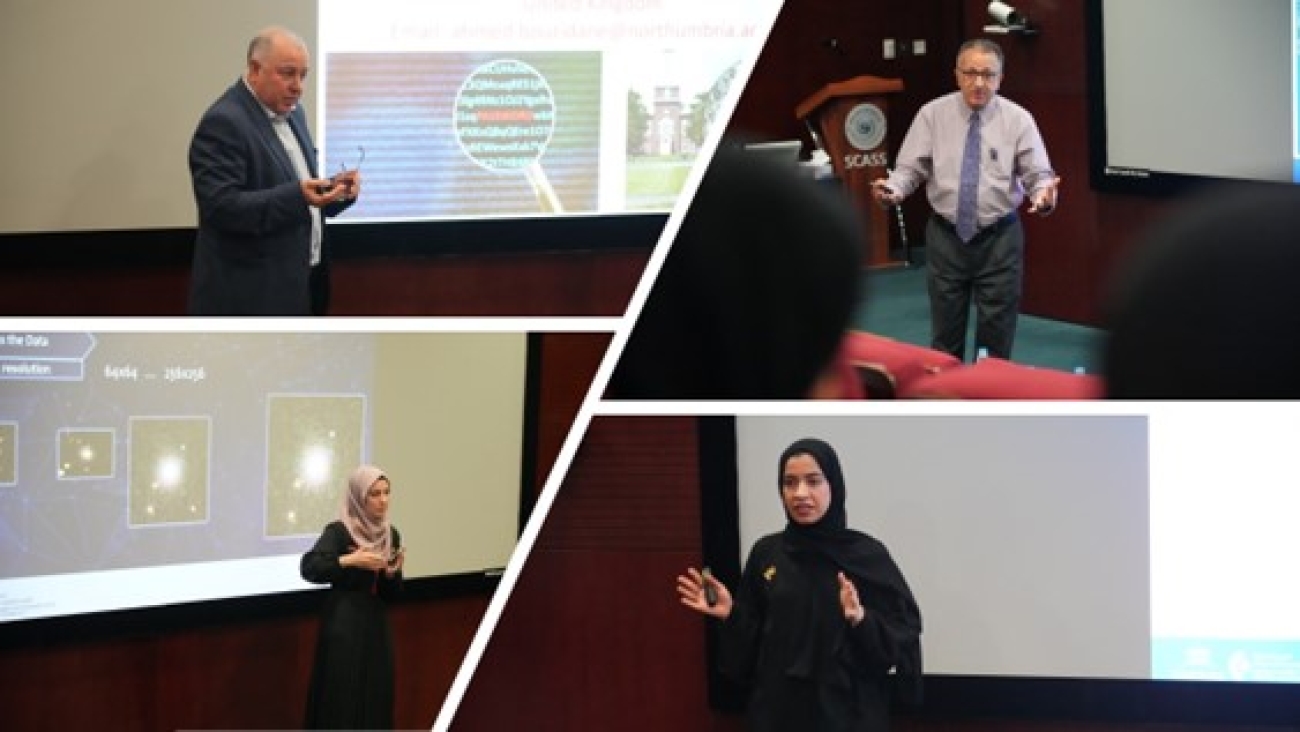The program of the workshop was as follows:
10:00 – 10:10 – Opening Remarks – Prof. Ilias Fernini
10:10 – 10: 30 – Introduction to Image Classification – Mrs. Aisha Al-Owais
10:30 – 11:00 – Digital Multimedia Steganalysis in Insecure Environments – Prof. Ahmed Bouridane
11:00 – 11:10 – Coffee Break
11:10 – 11:30 – Key Steps to Building Image Classifiers – Ms. Munay AlKhalifa
11:30 – 12:30 – Practical Session
Image classification in astronomy using machine learning is a rapidly advancing field that holds great promise for unlocking deeper insights into the vastness of the cosmos. By leveraging sophisticated algorithms and neural networks, astronomers can automatically analyze and categorize celestial images with remarkable precision. By training these models on large datasets of labeled images, machine learning techniques can identify and classify astronomical objects, such as galaxies, stars, supernovae, and even rare phenomena like gravitational lensing. This automated approach accelerates the analysis process and enables the discovery of previously unseen patterns or outliers that may lead to groundbreaking scientific discoveries. With each new iteration and improvement of machine learning algorithms, the accuracy and efficiency of image classification in astronomy continue to advance, pushing the boundaries of our knowledge and revealing the mysteries of the universe.



